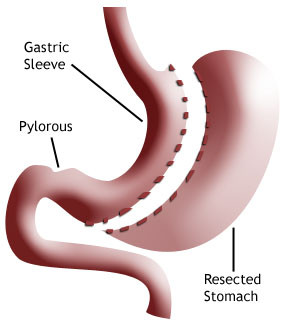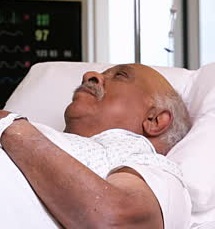The prostate cancer treatment is varied from patient to patient. The cancer related details are different from one cancer patient to another. There will be many factors included for getting the details out from the patients. These details include psychological factors and clinical factors:
- Various needs for the prostate therapy
- The level or stage of the cancer risk
- The personal conditions and circumstances of the patient
- The desire of patient for the therapy related to the benefits, risks, the patient’s intuitions.
The Procedure of Diagnosis
- Core Needle Biopsy: The essential examination of the tissues of prostate is done by a pathologist. In this procedure the small samples of tissues are withdrawn by inserting a little needle.
- TRUS (Transrectal Ultrasound Guided Biopsy): In this an image of prostate is produced from the sound waves. Then these echoes do the translations in form of images and then the cancer id detected.
- CT scan: The computed tomography uses various images for locating the cancer in the prostate. This is done by observing the enlarged size of pelvic nymph nodes.
- MRI scan: In this a magnetic field is used for the images which will be visible in details. These are very essential in the detection of cancer even if it is microscopic.
Procedure
- For Low Risk Prostate Cancer: When the cancer is developing at a very minimal rate then it is localised prostate cancer and active surveillance is also performed. The reason behind it is for the doctors to know about every minute detail about the growth of the cancer. The radiation therapy to prostate is given to the patient if the cancer is observed to be developing. Hormone therapy may also be considered.
- For Intermediate Risk Prostate Cancer: In this case the cancer may spread in the coming years in the patient’s body. Doctors may use radiation therapy or surgery. Hormone therapy treatment may be provided to you by the doctors either before or after this therapy.
- For High Risk Prostate Cancer: external radiography is preferred in this case to stop the cancer and kill its cells from spreading in the future at other parts of the body.
- Taking the medicines provided by the doctors.


















 Jake, Male, 55, UK
Jake, Male, 55, UK
 Sulaiman, Male, 68, Africa
Sulaiman, Male, 68, Africa
 Azizi, Male, 44, Swahill, East Africa
Azizi, Male, 44, Swahill, East Africa
 Abam, 27, Female, Ghana
Abam, 27, Female, Ghana
 Fazah, 60, Male, Africa
Fazah, 60, Male, Africa
 George, 48 years, Male, UK
George, 48 years, Male, UK
 Jacob, 58 years, Male, US
Jacob, 58 years, Male, US
 Halisi, 40 years, Female, Kenya
Halisi, 40 years, Female, Kenya
 Saarah, 56 years, female, UK
Saarah, 56 years, female, UK
 Adhra, 35 years, female, Tanzania
Adhra, 35 years, female, Tanzania
